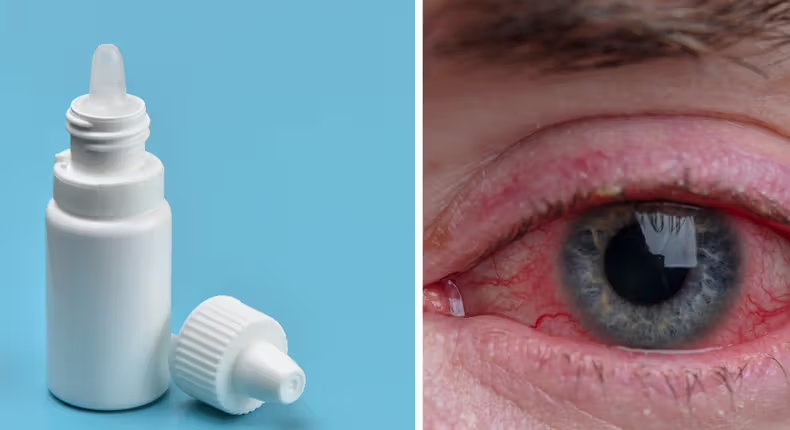Gonorrhea, a sexually transmitted infection (STI), can also manifest in the eyes, a condition referred to as gonococcal conjunctivitis

This less frequent but serious occurrence of gonorrhea arises when Neisseria gonorrhoeae bacteria come into direct contact with the eye area.
Understanding the risks, symptoms, and treatment options is crucial for preventing and managing this infectious eye condition.
Transmission of gonorrhea to the eyes can occur through several means:
1. Direct contact with contaminated hands touching the eyes.
2. Exposure to infected bodily fluids, such as semen or vaginal fluids, splashing or transferring to the eye area.
3. Sharing contaminated towels or personal items.
This mode of infection is more common among newborns, who may contract the bacteria during childbirth, and among sexually active adults.
Symptoms of gonococcal conjunctivitis usually emerge within 2 to 5 days after exposure and may include:
1. Severe redness and irritation in one or both eyes.
2. Pain and discomfort in the affected eye(s).
3. Pus-like discharge from the eyes, often copious and causing eyelids to stick together, especially after sleep.
4. Swelling of the eyelids.
5. Sensitivity to light (photophobia).
Prompt medical attention is necessary to prevent complications such as corneal perforation and blindness.
Treatment typically involves:
1. Antibiotic therapy: Immediate administration of antibiotics, typically starting with an intramuscular injection of ceftriaxone, followed by oral antibiotics as needed.
2. Topical antibiotics: Eye drops or ointments containing antibiotics may also be prescribed in addition to systemic treatment.
3. Supportive care: Gently cleaning the infected eyes with sterile saline and avoiding the use of contact lenses until fully healed is advised.
Prevention of gonococcal conjunctivitis involves general measures against gonorrhea and other STIs:
1. Practicing safe sex using condoms or dental dams.
2. Regular STI screenings, especially for individuals with multiple partners or at higher risk.
3. Avoiding touching the eyes with unwashed hands, particularly for sexually active individuals with known or suspected gonorrhea infection.
While gonococcal conjunctivitis is rare, its potential for causing severe eye damage underscores the importance of awareness, understanding transmission routes, recognizing symptoms, and seeking immediate medical care if symptoms arise.

